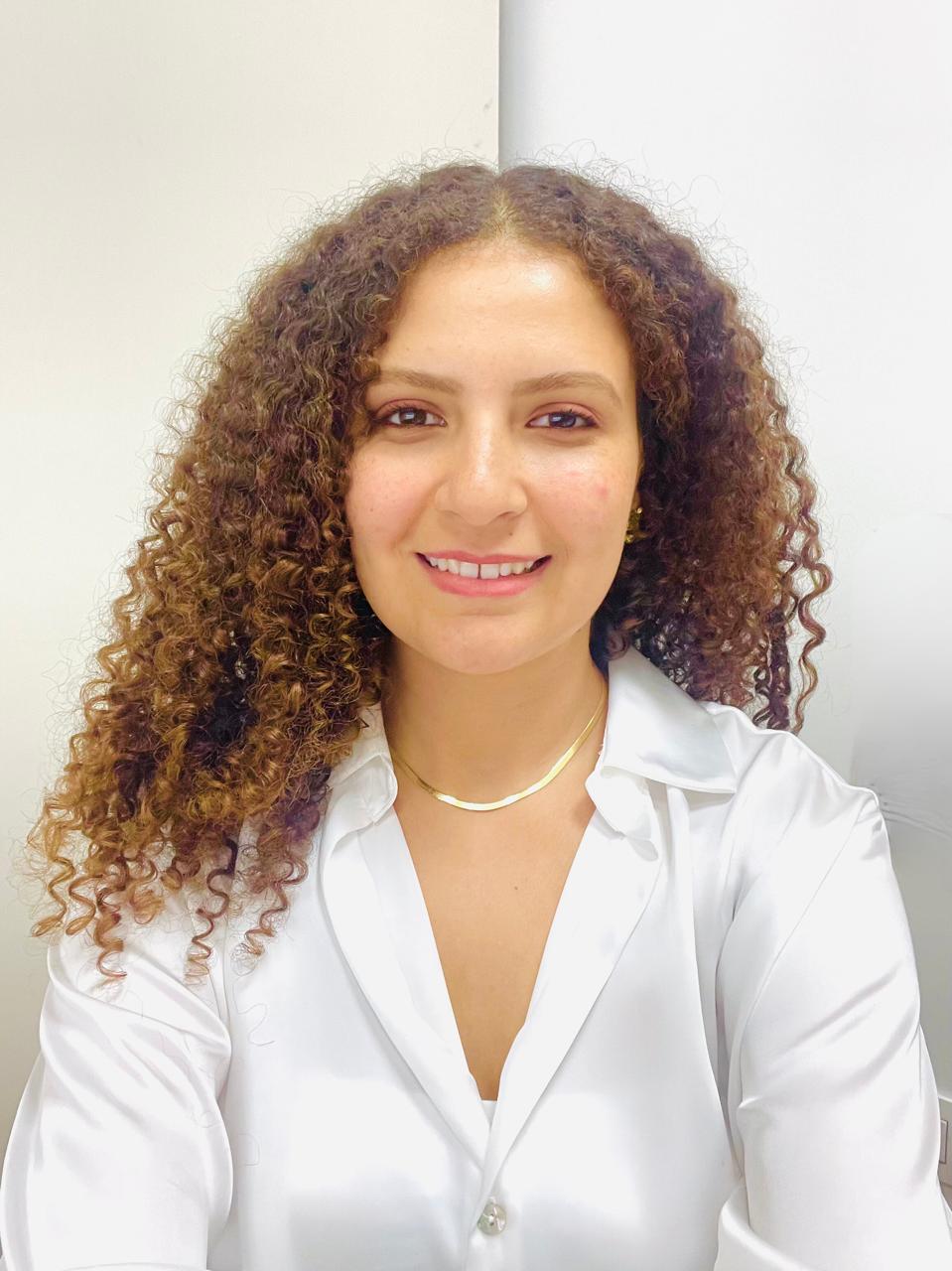NEUROMED
The Only Integrated Neurology Center in Egypt Premier sleep center, 18+ clinics, advanced neurology services, laboratories and reliable reports, EEG, EMG & Polysomnography studies, mobile care units, and at-home services – all in one place
Customer Care
Towards a better patient experience From the quick phone appointment, the insurance assistance, and the cozy waiting room, all the way to getting medical help and follow-up calls – we promise you excellence and professionalism.
NEUROMED
The Only Integrated Neurology Center in Egypt Premier sleep center, 18+ clinics, advanced neurology services, laboratories and reliable reports, EEG, EMG & Polysomnography studies, mobile care units, and at-home services – all in one place
Customer Care
Towards a better patient experience From the quick phone appointment, the insurance assistance, and the cozy waiting room, all the way to getting medical help and follow-up calls – we promise you excellence and professionalism.
NEUROMED
The Only Integrated Neurology Center in Egypt Premier sleep center, 18+ clinics, advanced neurology services, laboratories and reliable reports, EEG, EMG & Polysomnography studies, mobile care units, and at-home services – all in one place
Customer Care
Towards a better patient experience From the quick phone appointment, the insurance assistance, and the cozy waiting room, all the way to getting medical help and follow-up calls – we promise you excellence and professionalism.
Need Help?
Call us anytime at +201222915000
Clinic Hours
We’re available 09:00 – 21:00 daily
Find Us
Clinics in Heliopolis, Maadi, New Cairo, Nasr City
about us
Welcome To NEUROMED Your Health Our Priority
NEUROMED is the only integrated neurology center in Egypt specializing in neurology and sleep medicine. With patient-centered philosophy, the center offers a unique set of advanced services to both patients and physicians focusing on professionalism, ethical medical practice and quality of the customer experience.

Our Services
Comprehensive Healthcare Solutions
At CareLink, we offer a wide range of medical services tailored to your needs, from routine check-ups to specialized treatments.
Diagnostic Services
Advanced diagnostic technologies for accurate neurological assessment.
Therapeutic Service
Range of therapeutic interventions for neurological conditions.
Portable Services
Mobile neurological services delivered at your location.
Pain Center
Specialized pain management services tailored to individual needs.
Our tEAM
Meet Our Specialist Doctors
Our team of specialist doctors is dedicated to providing expert care across a wide range of medical fields.

Prof. Ramez Reda Moustafa
Professor of Neurology at ASU
- Professor of Neurology Ain Shams University
- Sleep Medicine Consultant

Dr. Maha Youssef
Specialist in Sleep & Chest Diseases
- Consultant and Professor at Menoufia University

Dr. Ahmed El-Sadek
General Neurology & Peripheral Nerve
- Assistant Teacher at Faculty of Medicine - ASU

Muhammad Hamed
Professor
- Professor of Neurology, Al-Azhar University, Consultant of Neurology and Immune Diseases of the Nervous System

Abeer Al-Zuhairy
Professor of Physical Medicine, Rheumatology and Rehabilitation
- Professor of Physical Medicine, Rheumatology and Rehabilitation at Ain Shams Faculty of Medicine

Sherif Salah
Lecturer and Consultant of Neurology and Cerebral Catheterization
- Lecturer and Consultant of Neurology and Cerebral Catheterization

Dr. Tamer Roushdy
Dr.
- Associate Professor of Neurology - Ain Shams University Co-director of Ain Shams University Stroke Center Consultant of Neurology, Stroke, and Cognitive disorders

Maha Youssef
Doctor
- Sleep Medicine Consultant Sleep Medicine Fellow, Case Western Reserve University, USA Professor of Chest and Sleep Medicine, Faculty of Medicine

Yasmine Hassan Abdel Hamid
Doctor
- Consultant Neurologist PhD in Neurology, Ain Shams University Lecturer, Department of Neurology, Faculty of Medicine, Ain Shams University Member of the World Stroke Organization

Dr. Nourhan Abdel Mohsen Taha
Doctor
- Consultant Neurologist PhD in Neurology, Ain Shams University Lecturer, Department of Neurology, Faculty of Medicine, Ain Shams University

Menna Shata Professor of Pediatric Neurology, Ain Shams University
Professor
- Professor of Pediatric Neurology, Ain Shams University

Ahmad Al-Sadig
Consultant and Lecturer
- Consultant and Lecturer of Neurology, Faculty of Medicine, Ain Shams University

Dr.Eman Tawfik
Professor
- Professor of Rheumatology & Rehabilitation, Faculty of Medicine, Ain Shams University

Mohamed Fouad
Lecturer and Consultant
- Lecturer and Consultant of Neurology, Ain Shams University
latest articles
Stay Informed with the Latest In
Our Blog & News section keeps you updated with the latest health tips, medical breakthroughs, clinic news, and wellness advice.
testimonials
Real Experiences, Trusted Voices
Hear directly from our patients about their journey with NEUROMED. Their stories reflect the quality, care, and professionalism that define our clinic every day.
“From the moment I walked in, I felt listened to. The doctors were incredibly thorough and explained everything in detail. I finally have answers after years of confusion.”
Adrián Puente
“From the moment I walked in, I felt listened to. The doctors were incredibly thorough and explained everything in detail. I finally have answers after years of confusion1.”
Adrián Puente
request your appointment
Take the first step toward better health. Easily book your appointment online with our expert medical team—personalized care is just a few clicks away
book appointment
